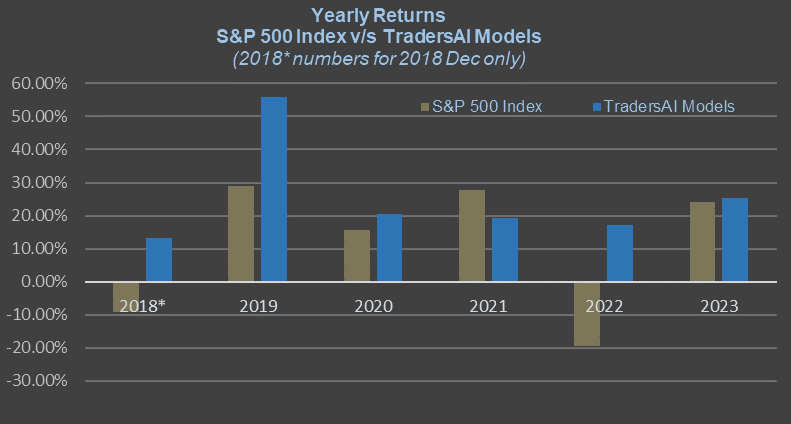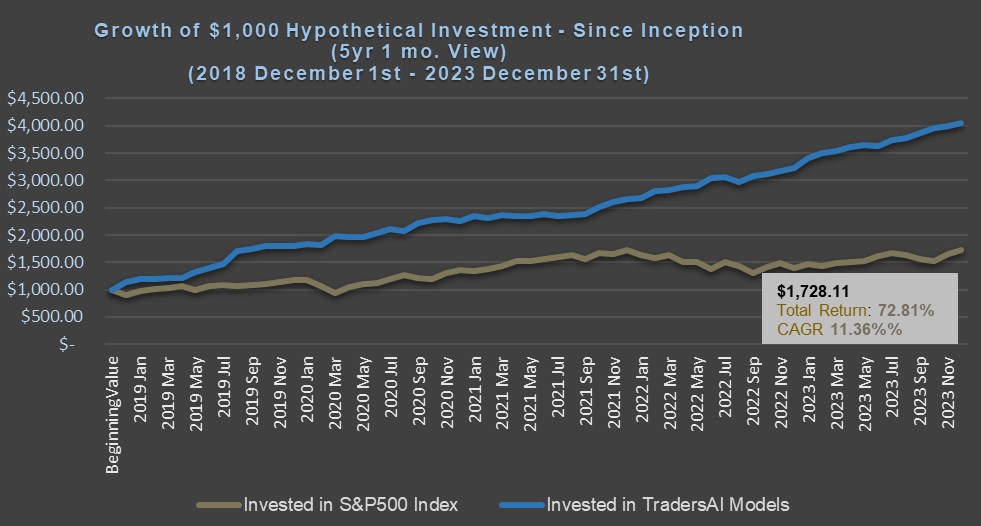Day 6: The Main Story Driving The US Equity Markets this Morning – Geopolitical Events and Currency Markets!
In our forecast for yesterday, Thursday, we wrote: “The only thing that can thwart this journey to another all-time high is potential geopolitical news which may prove highly negative for the markets. Barring any such developments, the next stop for this move appears to be 2873+ in a week or two” (click here to read the full report/verify this claim). And, as Murphy’s law would mandate it, exactly such an issue has shown up on the horizon!
The overnight e-mini futures are down this morning in the wake of Turkey’s currency crash and the resulting chaos in the foreign exchange markets! IF the fallout is not contained quickly, it has the potential to spiral into a contagion spreading to the Euro banks, then to the Euro, and then to the global markets over the weekend.
How well and how fast this crisis is contained (fully or limited to just Turkey) is going to be the main factor that would determine the probability of the record highs being taken out by the S&P in the immediate term.
Another potential concern for the bulls would be that the earnings season is drawing to a close. With no earnings momentum to push the markets higher, and with potential for more geopolitical fall outs, the journey to record highs for the S&P 500 Index might be coming under pressure.
However, do NOT write it off and do NOT short the index unless key support levels are broken down.
Model Biases/Outlook:
The market has been within striking distance from the all-time highs recorded in January this year – for the last six days and yet it is not able to crack the strong resistance levels to get there! Last couple of days’ market action – where the S&P 500 Index essentially closed flat – is interpreted by our models just as an inevitable consolidation rather than any slowing of the bullish momentum or any concern for the upward momentum, yet.
Our models are still sporting a bullish bias, albeit with some caution. If the index closes above 2852 today (to end the trading week), then the index is indicated to move to take out the January high of 2872.87. Barring any negative geopolitical developments, there is no bears in sight, all the way to below 2820.
A Brief Trace Back of The Current Bias/Outlook
After 14 consecutive days of bearish bias, our models have negated the bearish bias on last Friday, 07/06/18 when it closed at 2759.82! Since then, our models have been consistently forecasting bullish strength and are yet to flash any concerns about any bears in sight, until Friday, 07/27.
After reiterating the bullish momentum for 21 consecutive days, our models now abandoned the bullish bias with the action on last Friday 07/27, but have NOT replaced it with bearish bias yet. We are in this “neither bullish, nor bearish” state until Tue 08/07.
Eight days after the “neutral/indeterminate” bias, our models have resumed the bullish bias as of Tue 08/07. We continue this bullish bias for the fourth day today, Fri 08/10, but raise some caution about the bulls losing steam in the wake of geopolitical headlines and the stream of positive earnings drying up due to the end of the earnings season.
Trading Plans for FRI, 08/10:
Medium-term/long-term Investors
Medium term models indicate a bullish state for the S&P 500 Index. The models are currently flat (no positions) and are waiting for a break out to go long.
For Friday’s regular session, the medium term models indicate going long on a break above the index level of 2865, with a 10-point trailing stop. No bearish bias until all the way below 2825.
Remember that a “trailing stop” works differently from the traditional stop-loss order. Please bear in mind that the trailing stop’s trigger level would keep changing throughout the session (click here to read on the conceptual workings of a trailing-stop).
Aggressive, Short-term, Intraday, or Professional Traders
Intraday aggressive models indicate an “indeterminate” state for the S&P 500 Index. The models are currently flat. For Friday’s regular session, the intraday aggressive models indicate trading off of the 2855-2835 as the pivot band.
Above 2855, the models would go long (buy) with a tight trailing stop (about 6 points). Below 2835, models would go short (sell) with a tight trailing stop (about 6 points).
For those who wish to follow the trades of the models: To avoid getting caught up in whipsaws and overtrading, wait for a confirmation of the breakout of these levels on at least a 15/5/1 minute bar, depending on your trading style and risk profile.
Remember that a “trailing stop” works differently from the traditional stop-loss order. Please bear in mind that the trailing stop’s trigger level would keep changing throughout the session (click here to read on the conceptual workings of a trailing-stop).
IMPORTANT RISK DISCLOSURES AND NOTICES – READ CAREFULLY:
(i) This article contains personal opinions of the author and is NOT representative of any organization(s) he may be affiliated with. This article is solely intended for informational and educational purposes only. It is NOT any specific advice or recommendation or solicitation to purchase or sell or cause any transaction in any specific investment instruments at any specific price levels, but it is a generic analysis of the instruments mentioned.
(ii) Do NOT make your financial investment or trading decisions based on this article; anyone doing so shall do so solely at their own risk. The author will NOT be responsible for any losses or loss of potential gains arising from any investments/trades made based on the opinions, forecasts or other information contained in this article.
(iii) Risk Warning: Investing, trading in S&P 500 Index – spot, futures, or options or in any other synthetic form – or its component stocks carries inherent risk of loss. Trading in leveraged instruments such as futures carries much higher risk of significant losses and you may lose more than you invested in them. Carefully consider your individual financial situation and investment objectives before investing in any financial instruments. If you are not a professional trader, consult a professional investment advisor before making your investment decisions.
(iv) Past performance: This article may contain references to past performance of hypothetical trades or past forecasts, which should NOT be taken as any representation or promise or guarantee of potential future profits. Past performance is not indicative of future performance.
(v) The author makes no representations whatsoever and assumes no responsibility as to the suitability, accuracy, completeness or validity of the information or the forecasts provided.
(vi) All opinions expressed herein are subject to change at any time, without any notice to anyone.





